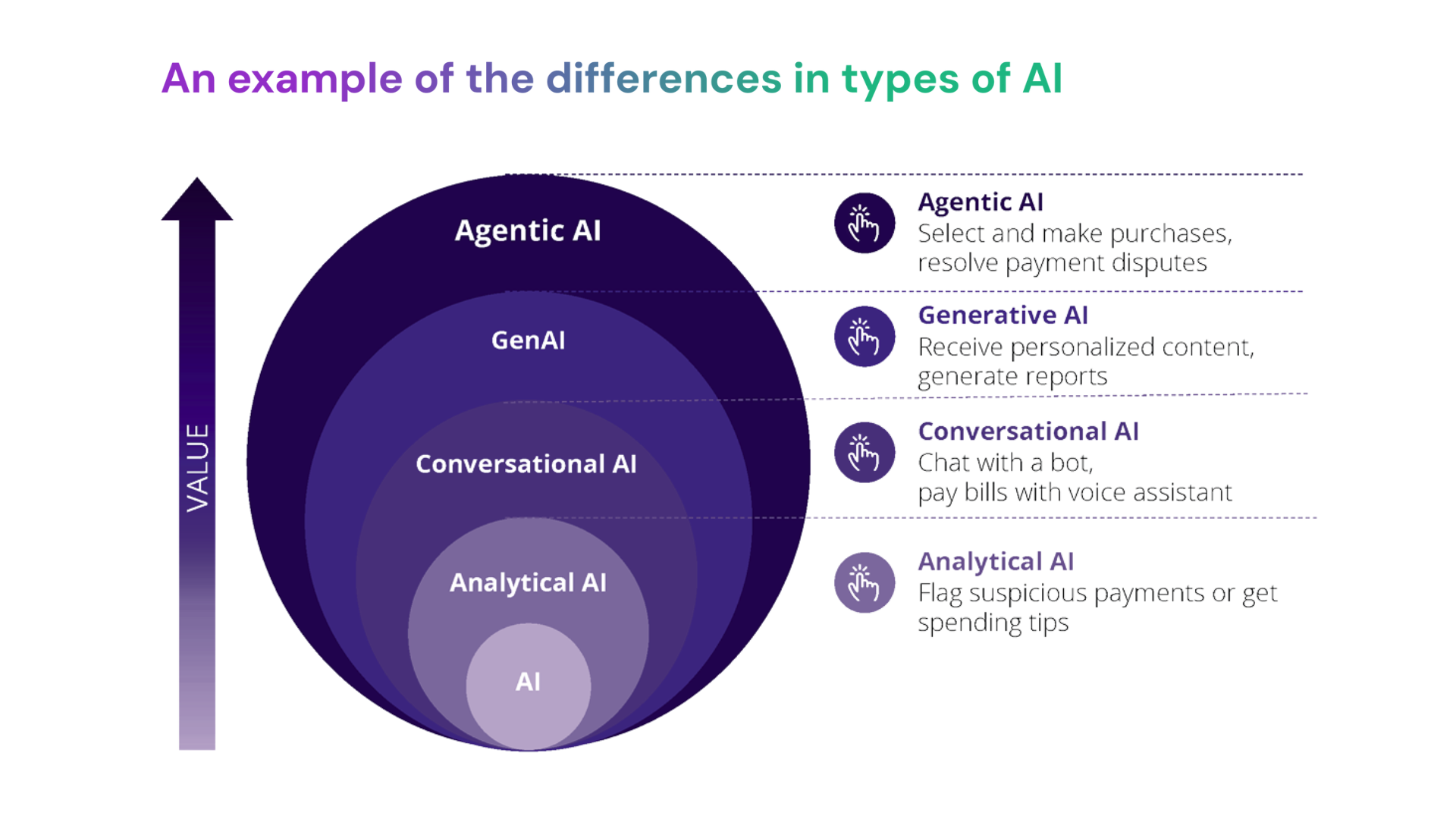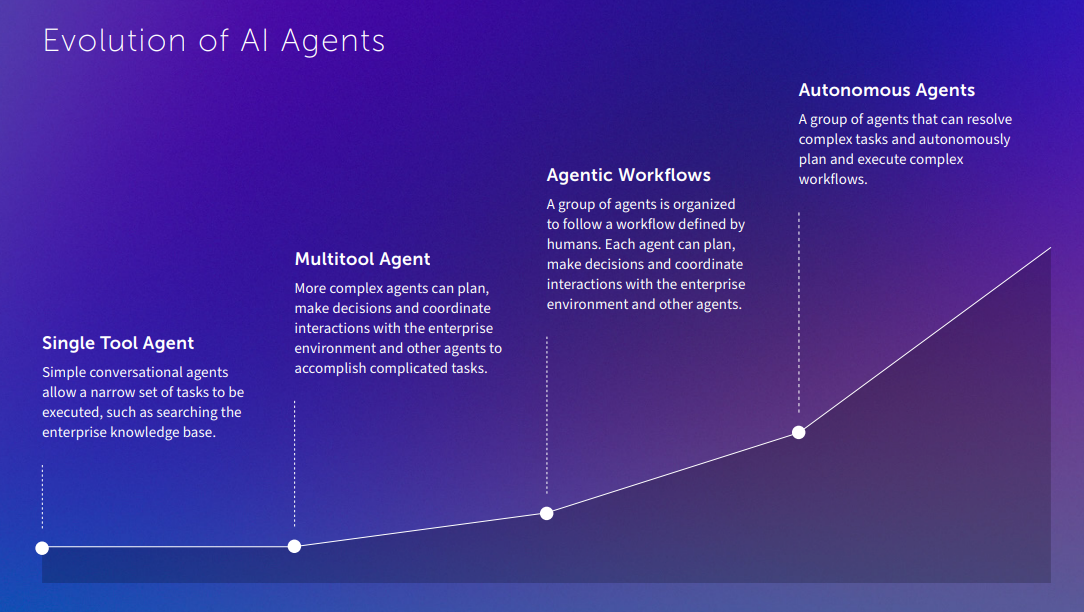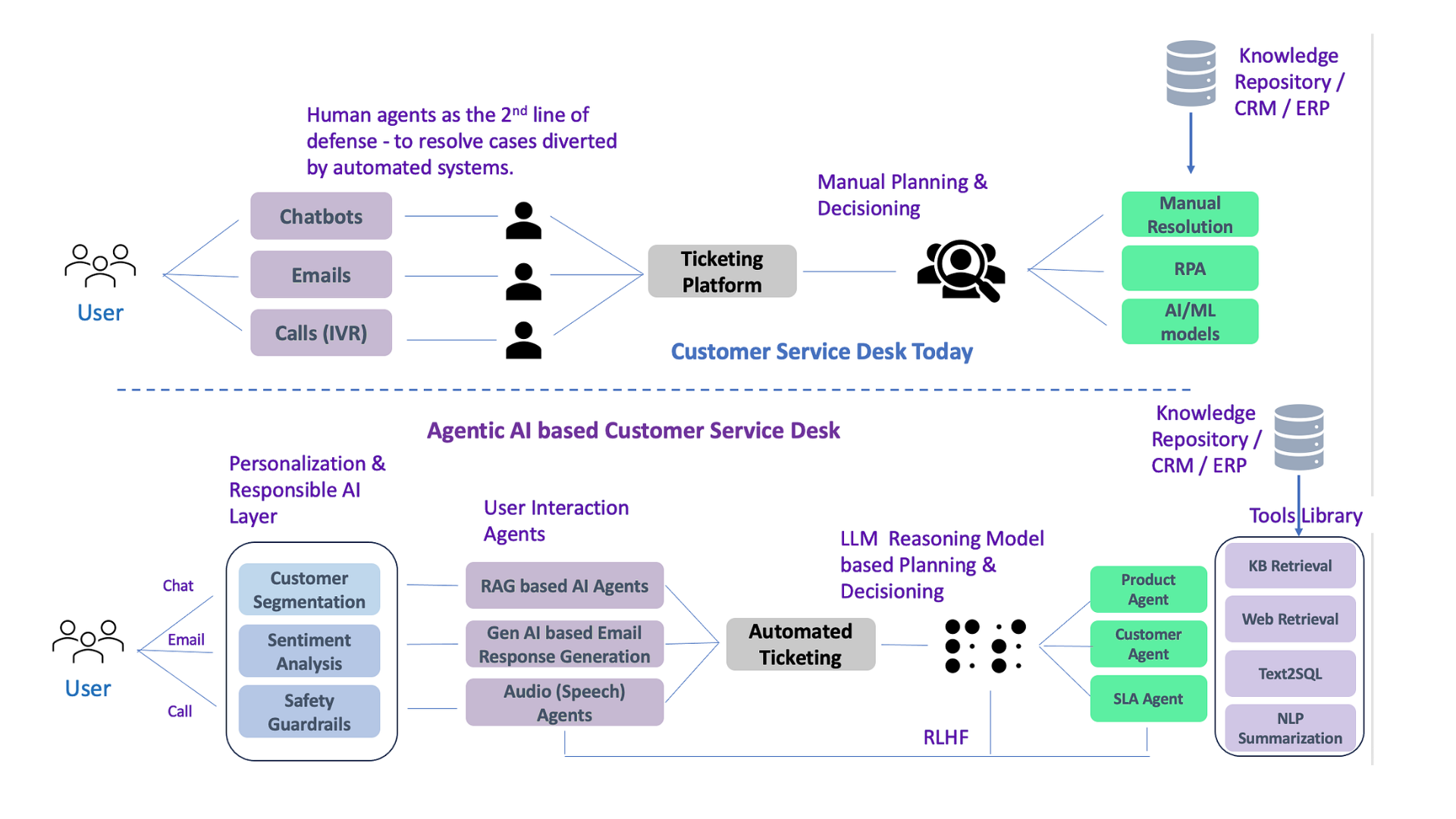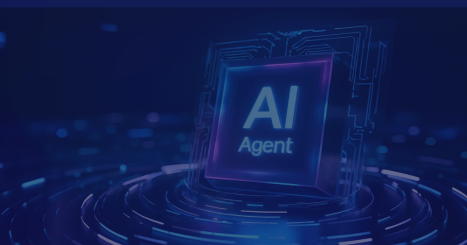Technology evolution is continuous, rapid and unapologetic. The modern enterprise doesn’t just innovate. It executes. Agentic AI adoption serves as a pivotal force that propels companies to bridge the gap between technology investments and measurable business impact.
Now, the next catalyst for broader AI innovation is here: Agentic AI – the latest development under the intelligent automation umbrella that promises to shape customer interactions and redraw the map of enterprise value creation. While many companies are still grappling with a holistic approach to generative AI (GenAI) at scale, they’re now facing the need to factor the next phase of AI disruption from agentic AI into their enterprise strategies.
In the year ahead, companies need to move at a high speed while grounding their AI investments in tangible, pragmatic business goals and use cases. As we advance from prompts that serve answers to agents that “think” and act in radically new workflows, companies must build an ecosystem where AI agents collaborate with humans to drive business outcomes. For enterprises, establishing enablement programs that support adoption and governance to ensure safety and empower transparency will become paramount.

What is Agentic AI & What’s in Store for the AI-Enabled Enterprise?
As the “last mile” in scaling AI, automation represents the critical phase where ideas and deployment efforts coalesce into tangible results. Within the realm of automation lies an emerging subset that’s reshaping the narrative – Agentic AI. While traditional robotic process automation (RPA) tools have served enterprises well , handling repetitive workflows and bringing efficiency, automation systems need to go beyond the basics.
Agentic AI can optimize and refine processes, ensuring that companies achieve results from technological undertakings. And sometimes, with the right use case, agentic AI can reinvent the entire end-to-end value chain – connecting disparate processes and making new decision trees possible with and without human actors.

How Can Enterprises Gain Long-Term Competitive Advantage?
Adopting agentic AI only works when you focus on fulfilling a business need, ground your approach in human-centric principles and apply sound engineering practices integrated across data, security, cloud and technology ecosystems, supported by a skilled talent pool and effective process governance.
Otherwise, your investment will have been all for naught. On this journey, executives run into large, complex challenges that require enterprise-wide alignment. These highly interconnected focus areas are make or break when it comes to scaling agentic AI.
ADOPTION & ORGANIZATIONAL BUY-IN
Developing agentic AI solutions at scale requires robust infrastructure, significant investment and coordination across departments. This demands that you balance pilot programs with scaling up enterprise-wide solutions effectively.
RETURN ON INVESTMENT
Demonstrating tangible ROI from agentic AI can be daunting. Many organizations face delays in seeing measurable outcomes, causing hesitation in further investment. You must focus on both immediate wins and long-term payoffs when building your strategy.
SCALABILITY & INFRASTRUCTURE
Scaling AI initiatives enterprise-wide while maintaining performance and reliability is critical, but difficult. You need to build a robust cloud, data and security infrastructure capable of supporting large-scale deployments, often under budget constraints and while coordinating across departments.
TECHNOLOGY INTEGRATION
Integrating agentic AI into existing IT ecosystems can be complex. Legacy systems and siloed architectures often create compatibility issues, increasing deployment time and costs. Modernizing systems that provide a solid AI foundation on which to build use cases while maintaining operational continuity is an essential balancing act.
DATA QUALITY, ACCESSIBILITY & MANAGEMENT
Agentic AI thrives on quality data, but ensuring data accessibility, accuracy and privacy is a significant hurdle. You must effectively manage vast and diverse datasets, giving your organizations access to clean, organized, protected and industry-specific information to train AI systems effectively.
SECURITY RISKS
Implementing agentic AI introduces new cybersecurity vulnerabilities, such as model hacking or data breaches. Building a new security model that covers attack vectors and fortifies defenses is a top priority to ensure operational resilience against evolving cybersecurity threats.
Each part is a vital element to becoming a true AI-native enterprise. AI is a top-down initiative; without leadership at the helm, organizations cannot harness agentic AI. Enterprises that balance technology with enablement, vision with execution and automation with intelligence will be well-positioned to lead in the fast-evolving world of AI-driven transformation. To capture the business value you seek, each focus area must work in harmony , this is what we do here at Dedicatted.

Smarter Science: How Dedicatted Brought Agentic AI to Chemical Reporting at Cassen Laboratories
Cassen Testing Laboratories is a Canadian, enterprise-level, ISO 17025–accredited chemical and environmental health laboratory based in Toronto, Ontario. Active in the ecological services, inspection, and testing industry, Cassen provides accredited testing for VOC profiling, indoor air quality, environmental forensics, and customizable analytical packages.
Its customers include government agencies, healthcare providers, industrial hygiene firms, environmental consultants, and private sector companies based in Canada and around the world. These clients rely on Cassen’s reports to meet strict compliance standards, guide safety and remediation decisions, and protect public health.
This project, led by Dedicatted, is among Canada’s first deployments of agentic AI in the environmental testing field. It introduces a multi-agent AI platform, partially powered by Amazon Nova models, into a highly regulated, precision-focused environment. Combining domain expertise with advanced AI, Cassen has not only improved its back-end processes but also opened new opportunities for services in both B2B and B2C markets.
- With over 10 years of experience in the tech industry, Dedicatted has delivered 20+ successful data science and AI projects. We have a team of skilled AI developers, who are well-versed in various verticals to help you identify where it can drive the greatest value: whether it’s accelerating research, automating operations, or optimizing decision-making.
- We adhere strictly to security protocols and regulatory frameworks, including ISO 27001:2013, PCI DSS, ISO 9001:2015, and GDPR, to guarantee the protection and integrity of data.



